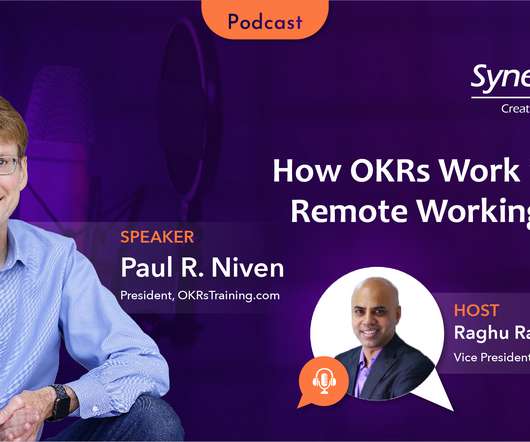What is Performance Management – The Purpose and Importance
Keka HR Blog
JUNE 3, 2025
Let’s roll the time back to 2014. This reveals the power of smart performance management. All these, along with issues like multi-generational workforce, skill gaps , and equity concerns, play a greater role in performance management now more than ever. Microsoft was in trouble. The transformation was dramatic.






























Let's personalize your content